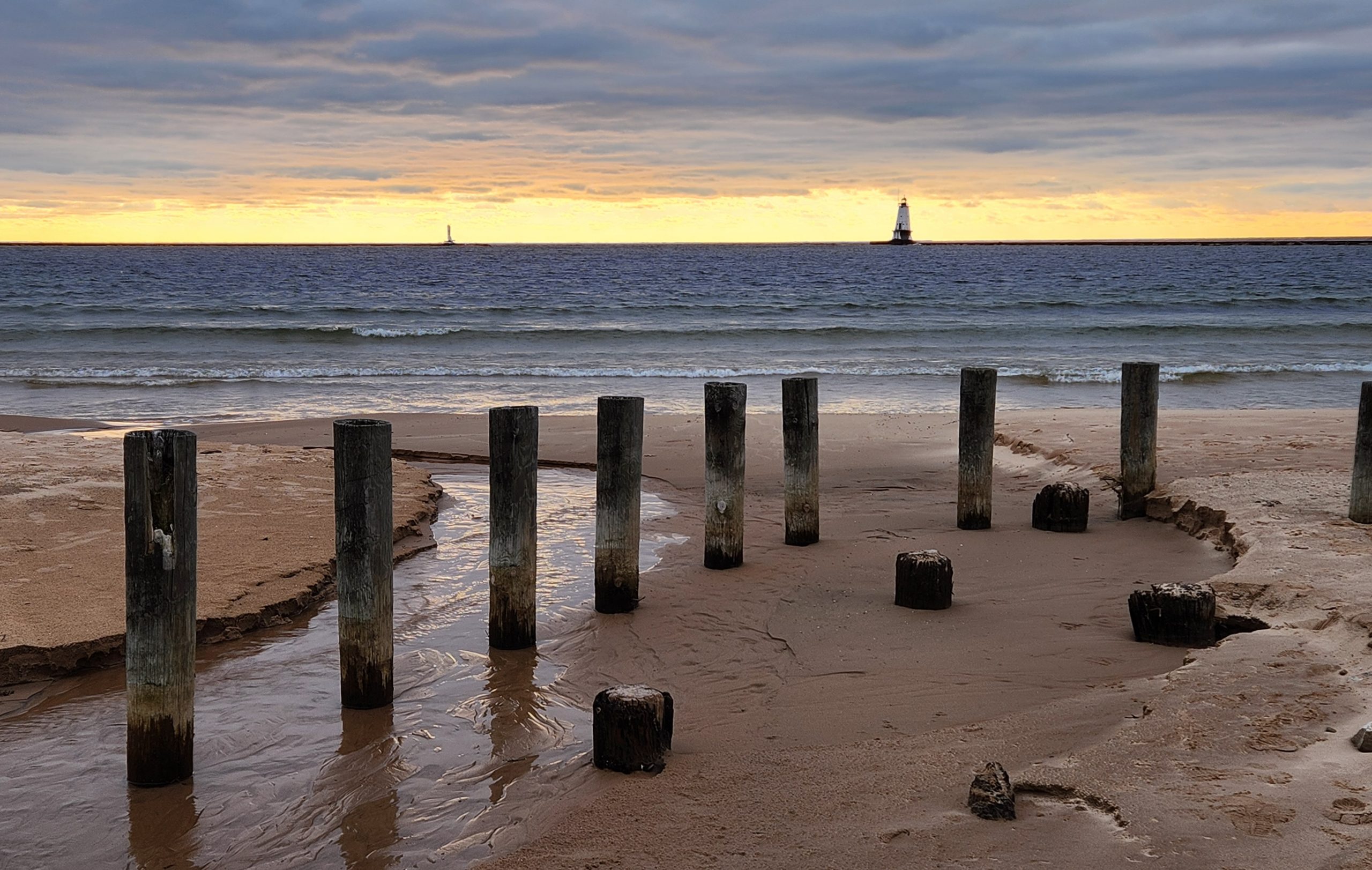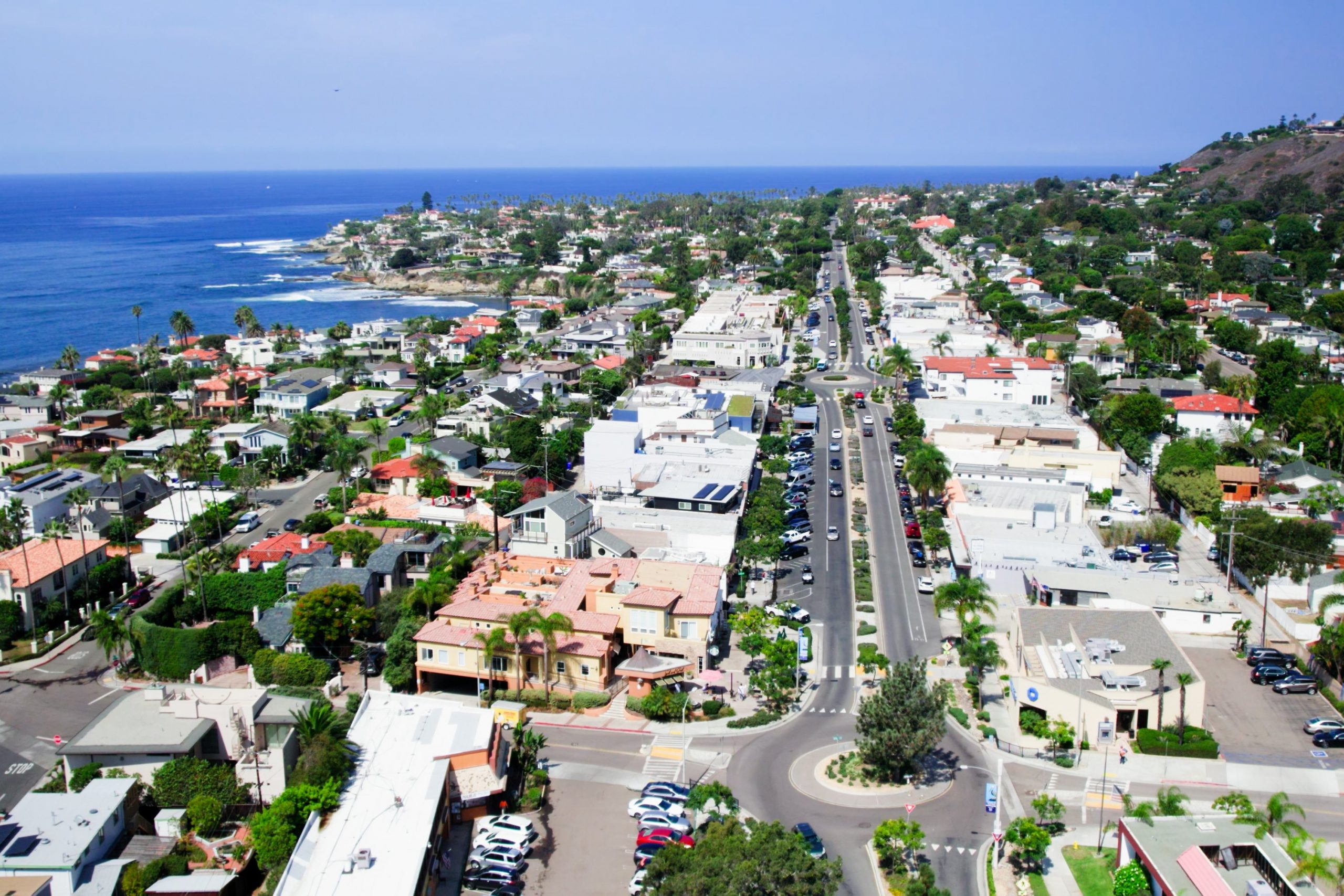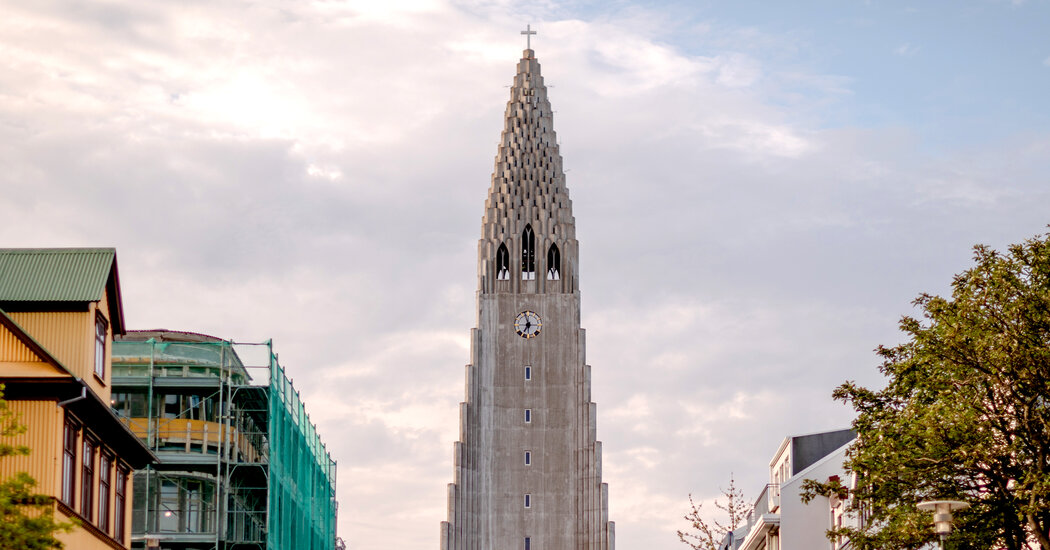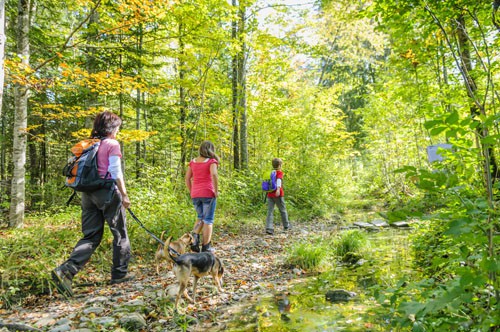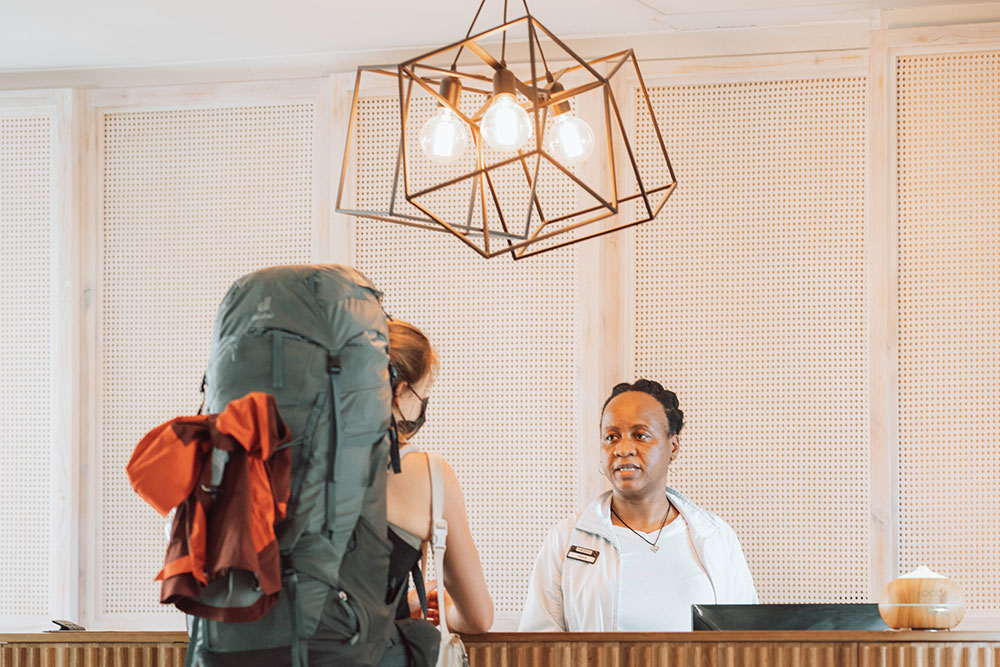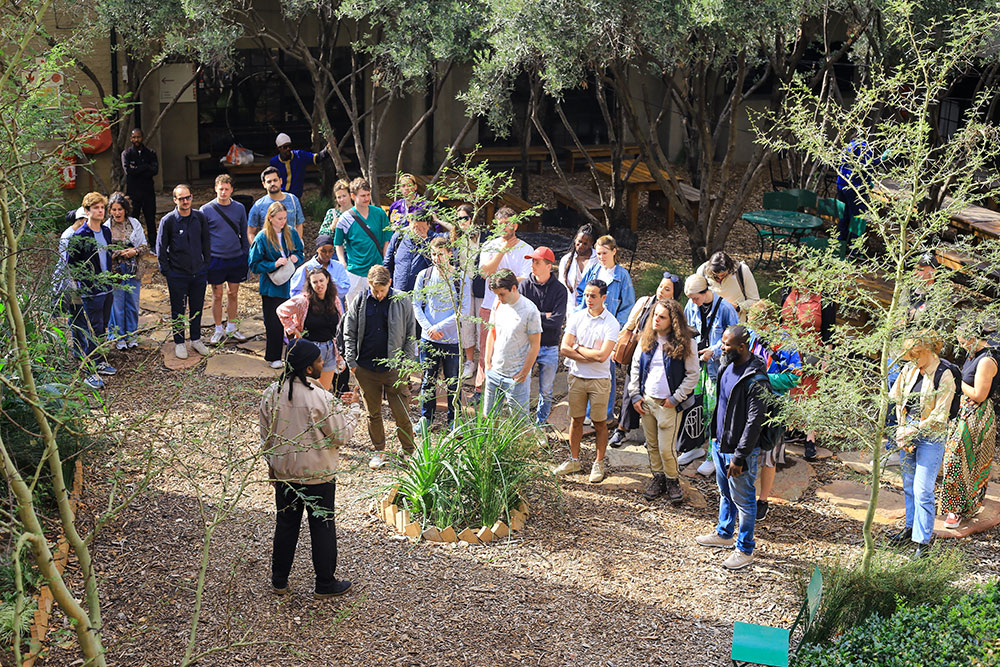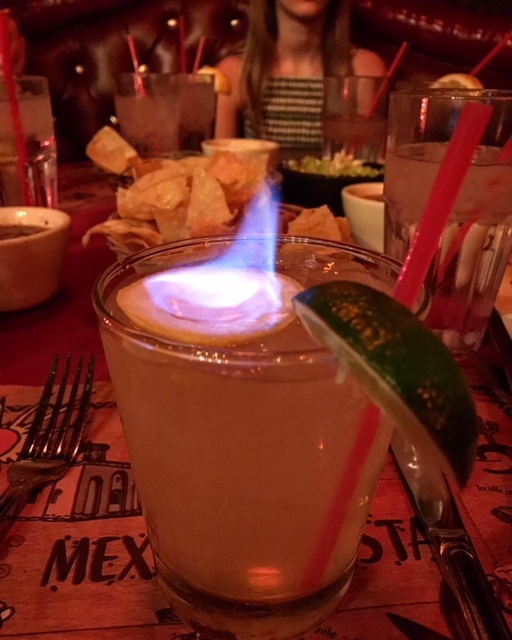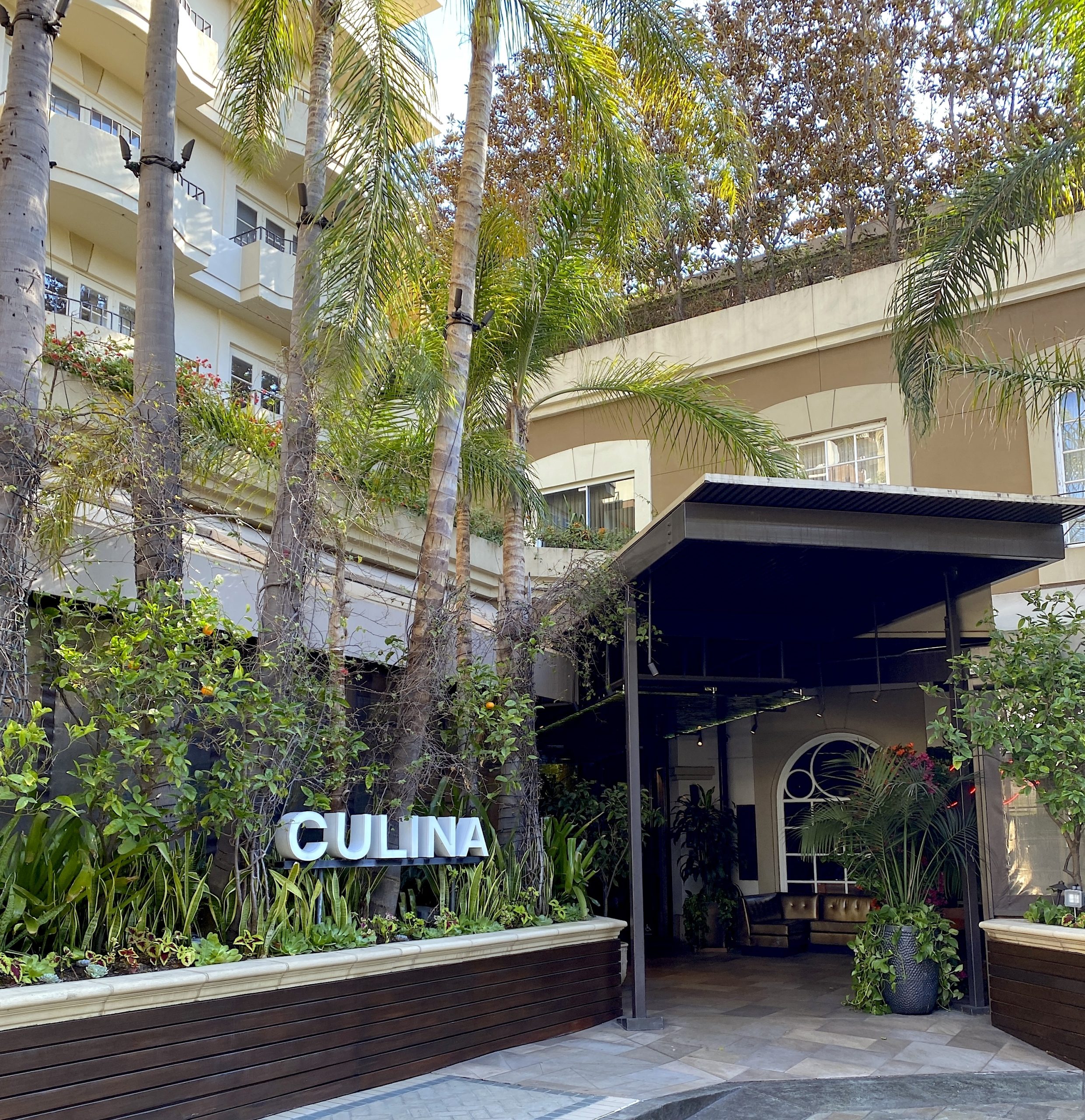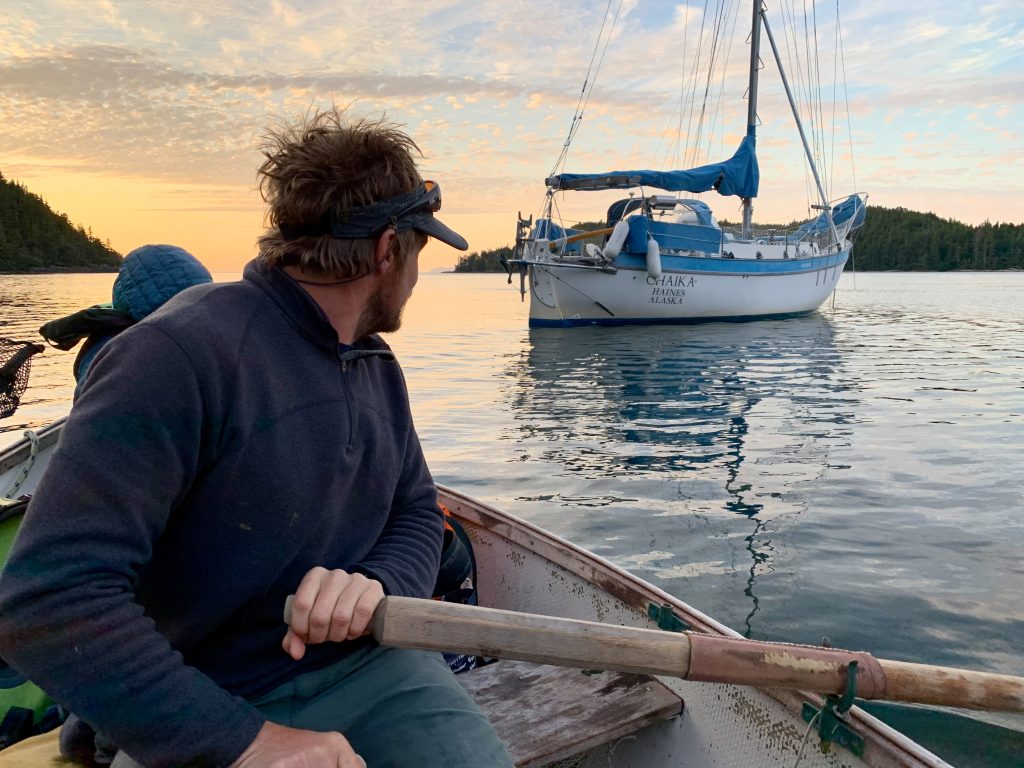
Past Disasters still haunt travelers
“Could this whole world crack apart?” my three-year-old son asked me one day as we were walking along a beach on Coronation Island, a far-flung U.S. Forest Service designated wilderness area on the outer coast of southeast Alaska. We’d arrived here, to Egg Harbor, 90 miles south of Sitka, via our family’s small sailboat.
“Of course not,” I told him.
“But right here, I mean. What if there was the biggest tsunami ever? Or an asteroid?”
I raised my eyebrows at him. “What makes you ask?”
Admittedly, our position looked precarious from a distance—on one side of us was an archipelago boasting some of the densest brown bear populations in the world; on the other was the North Pacific, whose fetch is intimidating even on a good day. If there ever was a part of the world that might swallow a person, this fit the bill.
Still, his questions hardly mirrored the day’s mood. It was a calm, bluebird afternoon in July, and we had rowed our dinghy to shore alongside lounging seals and diving seabirds. All my son knew of this place so far was dried apricots, white sand, and placid water. Besides, he was born an optimist, preternaturally inclined to look out the window and proclaim a beautiful day, no matter the weather. Catastrophizing wasn’t usually his thing.
“What if the ocean runs out of salt?” he continued, probing the edges of his known world for fissures.
Only later would I learn how oddly prescient my son’s queries had been, his child’s sixth sense that this island held many more secrets than first met the eye. I didn’t yet know what paleontological treasures it hid, how many iterations of our past had been written in its fossilized archives. I also didn’t know about its
dark side.
In 1908, 111 men on The Star of Bengal had perished on its shores in a September storm. This 300-foot iron-hulled ship, steered by a pair of underpowered tugs, was the last of the season’s salmon fleet to head south; in a disconcerting coincidence, it had been built by the same boatyard as the ill-fated Titanic. The exact site of the disaster wasn’t identified until a century later, when divers located the wreckage. The most horrific part of the story was one of human depravity. The passengers, who were mostly Chinese-American cannery workers returning home from Wrangell, had been locked down below in a purported effort to maintain calm in the rough seas and unfolding crisis. They remained imprisoned there as the ship sank and made up all of the casualties besides a single crew member who had arrived too late to free the trapped men.
The island’s macabre history went on. In 1960, the State of Alaska introduced wolves to the island as part of a dubious predator-prey ecological experiment. The outcome was sadly predictable. Two pairs of wolves were originally released, which eventually grew to a total of 13 individuals. As highly efficient ungulate predators, the wolves quickly decimated the deer population and then, with nothing left to eat, slowly starved. By 1968, only one lone wolf remained.

We caught up with my husband and older son as they clambered over a pile of driftwood. The boys spotted an enormous, rusted metal buoy and proceeded to follow one of the universal rules of childhood: make as much noise as is humanly possible, ideally while bashing on something. “WAAAAOOOOOMMMM!” echoed the sound of their sticks against the buoy, the ringing amplified by the backdrop of the limestone cliffs.
Satisfied that they’d woken whatever sleeping giants might be at rest, the boys continued, heading across the multicolored beach toward a sea arch we’d spotted as we sailed into the cove. They stopped suddenly and waved us over: at the high-water mark, draped across a log, was an otter skeleton, vertebrae mostly intact, scattered remnants of limbs and flippers lying nearby. Behind was the entrance to a shallow cave, where a much different view of the island’s history could be traced.
In the scene before us was an invitation to consider the long view, to unearth the stories buried beneath the surface. Long before shipwreck and starving wolves marked its shores, Coronation Island had been part of the Alexander Archipelago refugium, a patchwork of islands where life remained largely unscathed by the glaciers of the last ice age. Certain species of plants and animals were thought to have survived here through the late Wisconsin period when most of the rest of southern Alaska, British Columbia, and Yukon were covered in ice up to a mile thick. In the early 2000s, paleontologists confirmed their hunches by locating bear remains estimated to be 11,630 years old alongside many other fossils preserved in the limestone; most of these animals were suspected to have fallen down a deep cave shaft to their deaths, thus locking them into a time capsule. This was not all: Rsecent underwater archaeological discoveries in the area suggest the possibility of a coastal migration route by early humans, reminding us of how much we still have left to learn about our own origins. Years later, Egg Harbor provided shelter for Tlingit and Haida residents traveling by dugout canoe to collect seabird eggs on nearby surf-battered islets.
Look at a map of Coronation Island and see a speck of land among sea. See an ancient bear, a bold seafarer, a young child making sense of his world. See a storied version of our past, calamity and sanctuary packed tight.
Caroline Van Hemert is a wildlife biologist, adventurer, and author of The Sun is a Compass. A lifelong obsession with northern landscapes has led her from glaciers to sea and from science to storytelling. Her work has been featured in The New York Times, Audubon, Outside, Vogue, and more. When she’s not writing, she studies wildlife health in the Arctic.
Publisher: Source link
Latest Posts
-
31 July 2025
-
26 July 2025
-
14 July 2025
-
01 July 2025
-
07 August 2025
-
29 July 2025
-
20 February 2025
-
04 February 2025
Newsletter
Sign up for free and be the first to get notified about new posts.
Get The Best Blog Stories into Your icountox!
Sign up for free and be the first to get notified about new posts.

